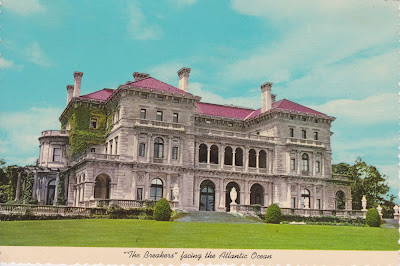Hoary Marmot
[photo: Ronald G. Warfield]
This big variety of marmot lives in the mountains of the northwest and is the largest of the North American ground squirrels sometimes called rock chucks. Other types of marmots that live in this area are the Olympic, and the Vancouver Island marmots. The hoary marmot males are significantly larger than the females. Marmots hibernate in the winter and need to double or triple their weight during the summer when they forage on grasses and flowers. We have seen them in Mt. Rainier National Park when we have been hiking and often they have their noses in fields of lupine, poking up to look around every once and while before returning to dine on the flowers. The average size of a fully grown adult is about 22 lbs or 10 kg but some have been known to get as heavy as 30 lbs.
We saw several marmots in Mt. Rainier National Park last summer and took a few pictures.
Hoary marmot
We just returned from a road trip that included visiting Yellowstone National Park where we saw yellow-bellied marmots. Smaller, 11 lbs or 5 kg being the average weight, than the hoary marmot but they still like to sit up the same way and pose for photos. This one does have some yellow but is mostly dark reddish brown. It was sitting near a hot thermal pool that smelled of sulfur; however, that didn’t seem to bother him at all. Here are some pictures of a yellow-bellied marmot to compare with the hoary marmot above. As can been seen they both like to hold the same pose to look around and both have roundish bodies and tails.
Yellow-bellied marmot
We also came across other similar marmot-like animals in the form of prairie dogs in a large prairie dog town near Devil's Tower and ground squirrels at a rest stop in Montana. Both are smaller than marmots but all live in underground burrows.
Prairie dog town
Prairie dogs
I had never seen ground squirrels before. Unlike regular squirrels that make homes in trees these live in a burrow. Since their home was right at the rest stop and they were used to people and hand-outs; therefore, they were a not shy about begging for food.
Ground squirrels
For additional information, see:
https://en.wikipedia.org/wiki/Hoary_marmot
https://en.wikipedia.org/wiki/Yellow-bellied_marmot
https://en.wikipedia.org/wiki/Ground_squirrel
https://en.wikipedia.org/wiki/Prairie_dog





















